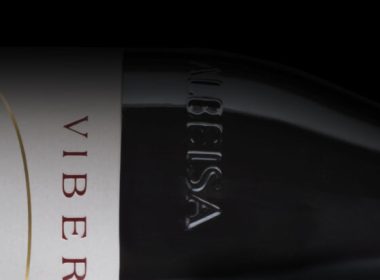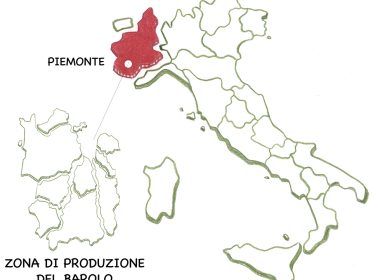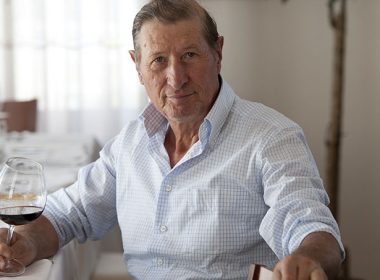More than 90 years of stories to tell. The history of the Viberti Giovanni winery begins when Cavalier Antonio Viberti acquired the Locanda del Buon Padre. It was the year 1923 when Antonio started producing wine in the cellar of the Buon Padre for the guests of his inn.
At that time, Dolcetto, Barbera, and Nebbiolo were the three grapes vinified in purity by the Cavalier, and the wines were sold almost exclusively within the Buon Padre. In 1967, Giovanni, the second-born son, assisted by his wife Maria, took his first steps within the small family winery. Maria’s presence became essential for the winery and the Buon Padre. A dedicated cook, she directly managed the kitchen and contributed through her work and personal value to the growth of the winery, the wines, and the family. In the 1970s, the winery expanded, with the first fermentations in cement tanks starting in the new facilities. By the late 1980s, the first micro-vinifications of individual vineyards began in temperature-controlled steel tanks, and sales, once exclusively local, started expanding to European countries. The 1990s marked the beginning of exports to the growing U.S. market.
Today, the Viberti Giovanni winery continues its story with the third generation, with Claudio, the youngest son, actively involved in the winemaking and management operations. Building on its past, today the winery produces 120,000 bottles per year, supported by a young and motivated staff and with the ambition to achieve ever-new goals. A recent significant investment has focused on the Barbera variety, particularly for the production of the latest wine, “La Gemella.” An important agreement was reached in recent years, stemming from a friendship born during school, for the acquisition of Nebbiolo grapes from a historic plot in the heart of the Monvigliero cru in Verduno.
The Barolo Buon Padre remains at the center of the family’s attention: since 2012, Nebbiolo from a vineyard in Perno, Serralunga d’Alba, and from the Albarella cru in the heart of the Barolo municipality have been added to its blend. Barolo Buon Padre continues to grow in its classic style, benefiting today from the contribution of eight different Barolo crus, expertly cultivated with respect for their biodiversity.






